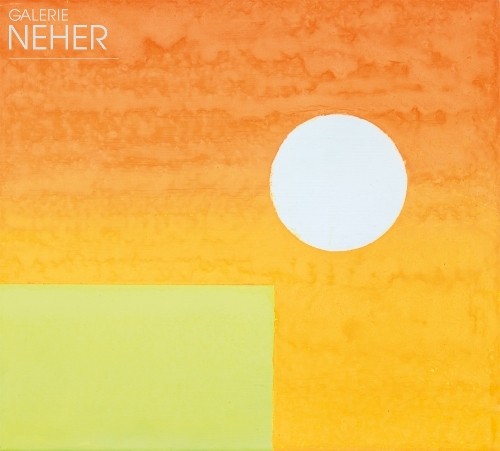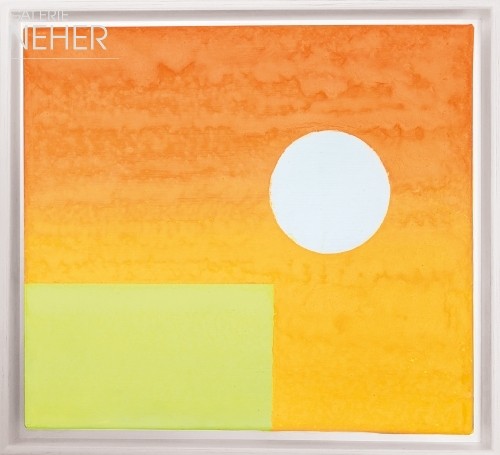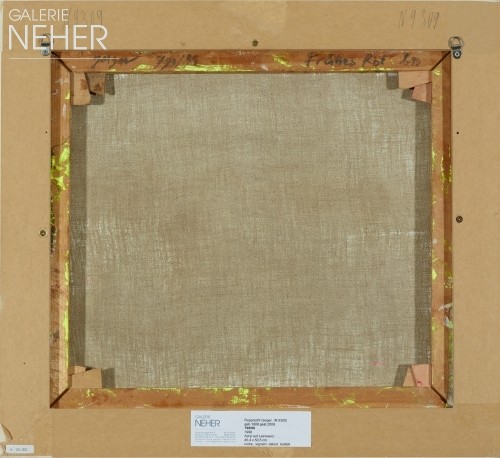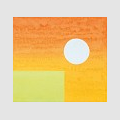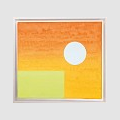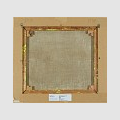About the work
Painter, sculptor, architect, multiple-documenta participant and Professor for Painting at the State Academy of Art in Düsseldorf, Rupprecht Geiger ranks among the most acclaimed exponents of post-war German abstraction. Everything in his work revolves around colour and form, with the colour red commanding centre stage in his output since the 1950s. This enduring fascination traces back to a tube of lipstick, with which Geiger once drew a luminous line across one of his abstract pictures. “I cannot imagine a life without colour”, stated the artist.
Red is Geiger's manifesto, his painterly programme. Never monotone or uniform, but rendered in an almost overwhelming variety of hues, shades and intensities, this colour dominates his work: spanning delicate pink or warm orange to effulgent pure red, strong pink and deep violet red, often in a flowing progression of subtle, nuanced transitions. Fluorescent luminous colours of intensive radiance exude a vibrating energy, pushing the boundaries of the viewer's optical faculties.
Serving as a counterpoint to this complex painterly organism is a rigorous, formal reduction, taken to its extreme. The essential elements of Geiger's creative output comprise the basic geometrical forms of the square, the rectangle and the circle. Here a monochrome square and circle serve to interrupt and structure the pulsating colours filling the canvas. Manifesting itself within this tense interplay between a vibrant, colourful cosmos and an austere formal minimalism is an artistic oeuvre which ranks among the best in post-war German art.
Text authored and provided by Dr. Doris Hansmann, Art historian
Studies of art history, theater, film and television, English and Romance Languages at the University of Cologne, doctorated in 1994. Research assistant at the Art Museum Düsseldorf. Lecturer and project manager at Wienand Verlag, Cologne. Freelance work as an author, editor and book producer for publishers and museums in Germany and abroad. From 2011 chief editor at Wienand Verlag, from 2019 to 2021 senior editor at DCV, Dr. Cantz’sche Verlagsgesellschaft, Berlin. Numerous publications on the art of the 20th and 21st centuries.
